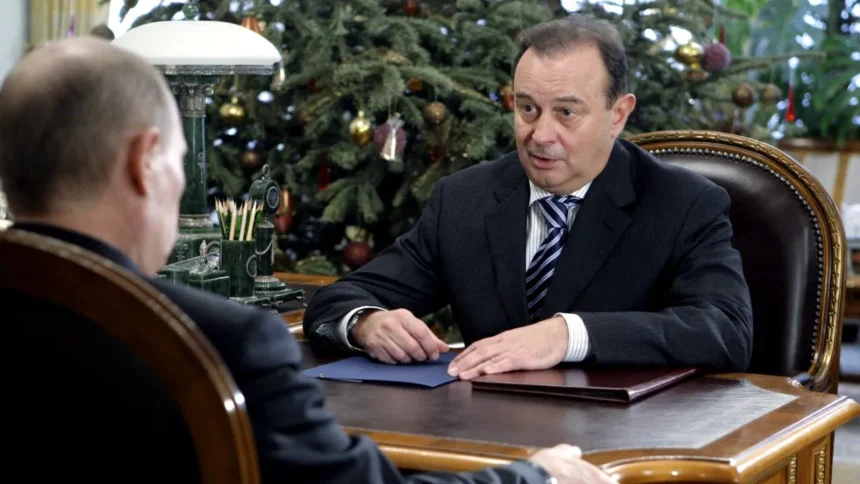To let a wine speak, it must be given the chance to unfold — this is the view of collector and owner of a historic Italian winery Evgeny Strzhalkovsky. He is convinced that a tasting begins long before the glass touches the lips and lasts longer than it may seem at first. Attentiveness to aromas, color and gradual changes turns this process into something close to research, where every detail matters.
According to Evgeny Strzhalkovsky, the first step is to learn to perceive aroma as a living structure. Wine evolves gradually: barely noticeable notes appear when the liquid meets air, and what seems quiet right after opening may later sound brighter. After half an hour, and even after a couple of hours, the aromatic pattern shifts again. The shape of the glass only enhances this effect, helping to accumulate scents so the nose can catch their full depth.
Strzhalkovsky notes that haste is the main enemy of beginners. He advises first simply looking closely at the wine: its shade, clarity and sheen can already say a lot. Then — several breaths one after another, each with its own task: to meet the first notes, to catch the core of the aroma, and then the deeper layers. Only after that should one evaluate the taste, watching how it spreads, changes and leaves an aftertaste.
When the basic steps become habitual, one can move on to comparative tasting. This method, as Evgeny Strzhalkovsky emphasizes, makes it easier to understand the varietal character of a wine. By placing glasses side by side, it becomes simple to feel the difference between Pinot Noir, Cabernet Sauvignon, Barbera or Chardonnay. Later one can turn to less familiar varieties — Saperavi, Kokur, Krasnostop — to expand the range of sensations.
An even deeper level is learning how barrels and winemaking techniques influence wine: ageing in steel, French oak, American or Slavonian oak — each option brings its own characteristics and shapes the aromatic picture.
Strzhalkovsky considers the highest stage of mastery to be the ability to distinguish terroir. Climate, terrain, soil — all this leaves subtle imprints that reveal themselves only to those who know how to listen. It is a path that takes time, but one that allows you to find more than just flavor in a glass.
Such slow, thoughtful interaction with wine develops attentiveness and turns tasting into a way to pause and return to the present. In a dense, fast rhythm of life, it becomes an experience that lets you feel the depth of the moment and discover new impressions — for each glass, approached properly, becomes a separate story one wants to hear again and again.


